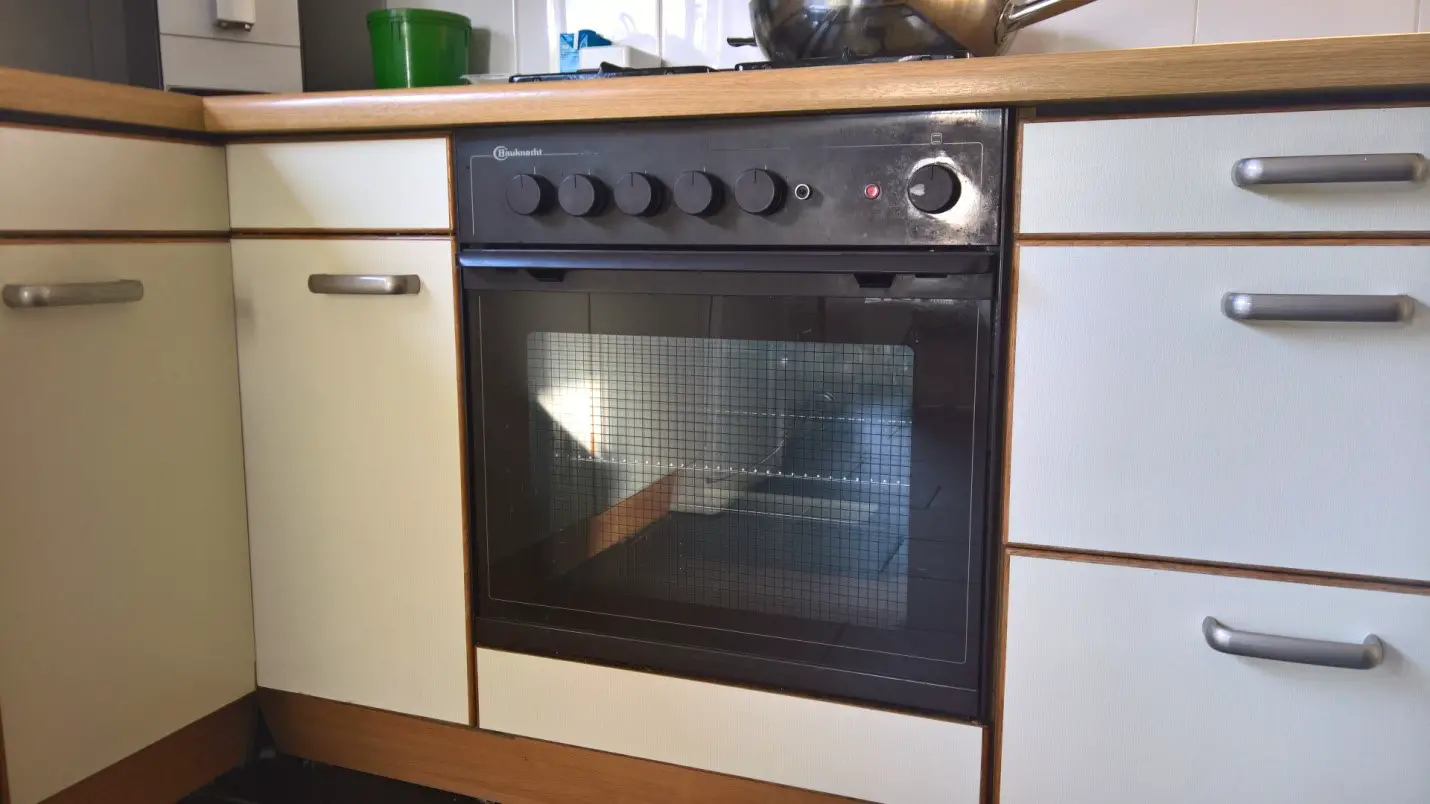Before professional and tabletop kilns became a gold standard in the home pottery-making process, people used to rely on home ovens to bake their pottery ware. While the effects from a kiln do surpass that of a home oven, the results were useful for decorative purposes. However, the concept of home oven pottery-making started way before people had access to home ovens. So, what is the history of home oven pottery making? Let us find out!
How Did Potters Start Making Pottery Ware In Traditional Home Ovens?
Before electricity was a thing, people from diverse societies and cultures used cob ovens/earthen ovens to fire clay pieces. These make-shift ovens were used primarily for baking and pottery making before electricity or home ovens came into being.
Earthen home ovens were generally built in a cylindrical shape or hut-like shape with just one opening for venting purposes. Even today, several potters use this technique to save money on expensive kilns and electricity bills. In addition, these traditional home ovens were ideal for baking earthenware pieces as the temperature reached wasn’t high enough.
Types Of Traditional Home Ovens
- Earthen Oven:
Earthen ovens are big pits dug inside the ground, which are heated, usually with smoldering debris or rocks. These ovens have been around for a long time, and historians/archaeologists search for these ovens as a key indicator of intelligent human civilization.
- Ceramic Oven:
Also known as tandoor in some cultures, they are made of ceramic material and are far stronger than earthen ovens. They were found as far back as 3000 BC, and historians argue that they came into being in the thriving Indus Valley civilization. Additionally, a common form of the ceramic oven is a brick oven that you can see today in traditional pizza-making factories in Italy. They were perfect for both commercial and household pottery making.
- Gas Oven:
In the 1800s, people started using gas stoves for cooking as well as home-oven pottery making. These gas stoves became the start of a revolution in home ovens, and soon enough, companies started investing in gas ovens with thermostats for temperature regulation.
- Electric Ovens:
With the introduction of the electric home oven, pottery-making at home became faster and easier. In addition, the temperature control option and slow heating ensured that the pottery didn’t crack or break during the oven firing process. Additionally, the use of oven kilns can help increase the core temperature inside the oven and help fire better. Home pottery artists can check out the Love Charm Professional Oven Kiln for small projects like jewelry-making.

However, realistically speaking, a home oven works best only to dry out the moisture from the clay piece. The water content present in the clay at a molecular level can only be dissolved with the help of kiln-firing. The high temperature works on the clay molecules and converts them to something that doesn’t slake or dissolve in water.
This is the process that happens in a regular kiln:
- At 212oF- Free water tends to leave in the form of steam
- At 439oF- Cristobalite expansion happens
- Between 572oF and 1450oF- Carbonaceous material starts to burn off
- Between 896oF and 1292oF- Chemical water in the clay molecule releases/water smoking starts
- At 1060oF- Quartz inversion starts (quartz transforms from its alpha form to beta)
- At 1292oF- Clay starts to glow with a red heat and vitrification starts
- At 1650oF-Lowest temperature for clay firing
Firing In A Home Oven Set-Up
As you can see from the above process, standard ovens can only reach up to the cristobalite expansion stage. This means it is only dried out, and no molecular changes occur. The key is to make use of both a home oven and a kiln to speed up the process of drying before you fire in the kiln.
Invest in a tabletop kiln for small projects if you do not wish to invest a lot in purchasing a professional kiln. Additionally, you can also create traditional ovens like earthen ovens or ceramic ovens that work better than electric home ovens and are energy efficient as well.
Conclusion
Pottery making has existed since the Paleolithic era, and the concept of firing in a home oven started way earlier. Although electricity wasn’t a thing back then, the use of traditional methods and the earth as a surface to fire gave potters a chance to experiment. Now that pottery-making has become faster and better with home ovens, the sky is the limit for enthusiastic potters.








